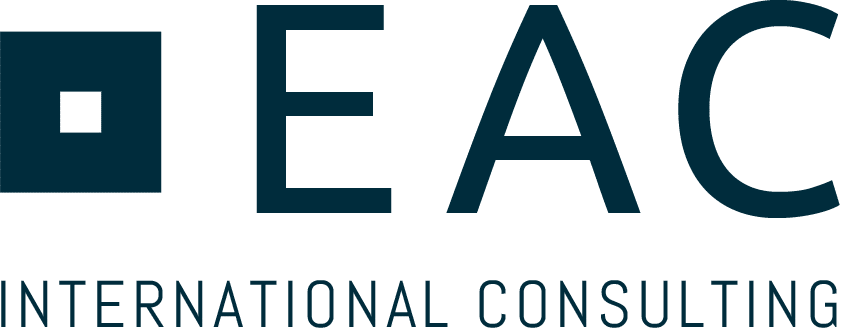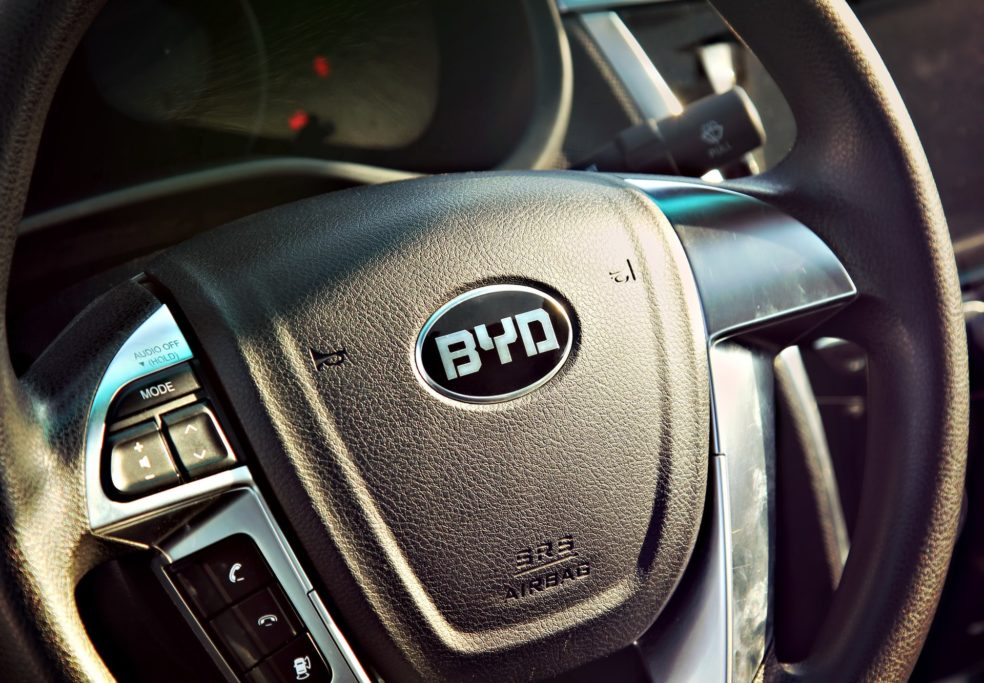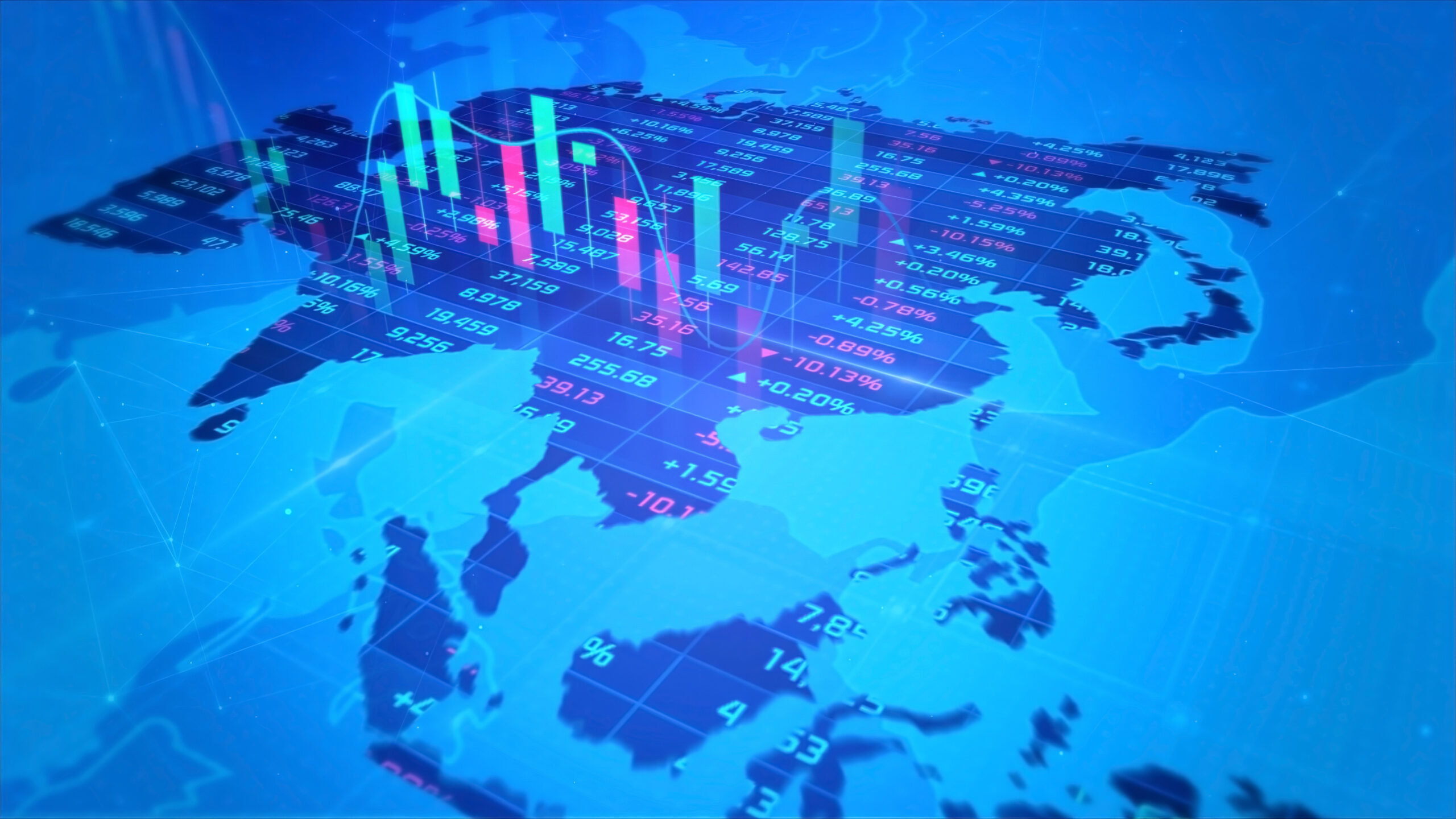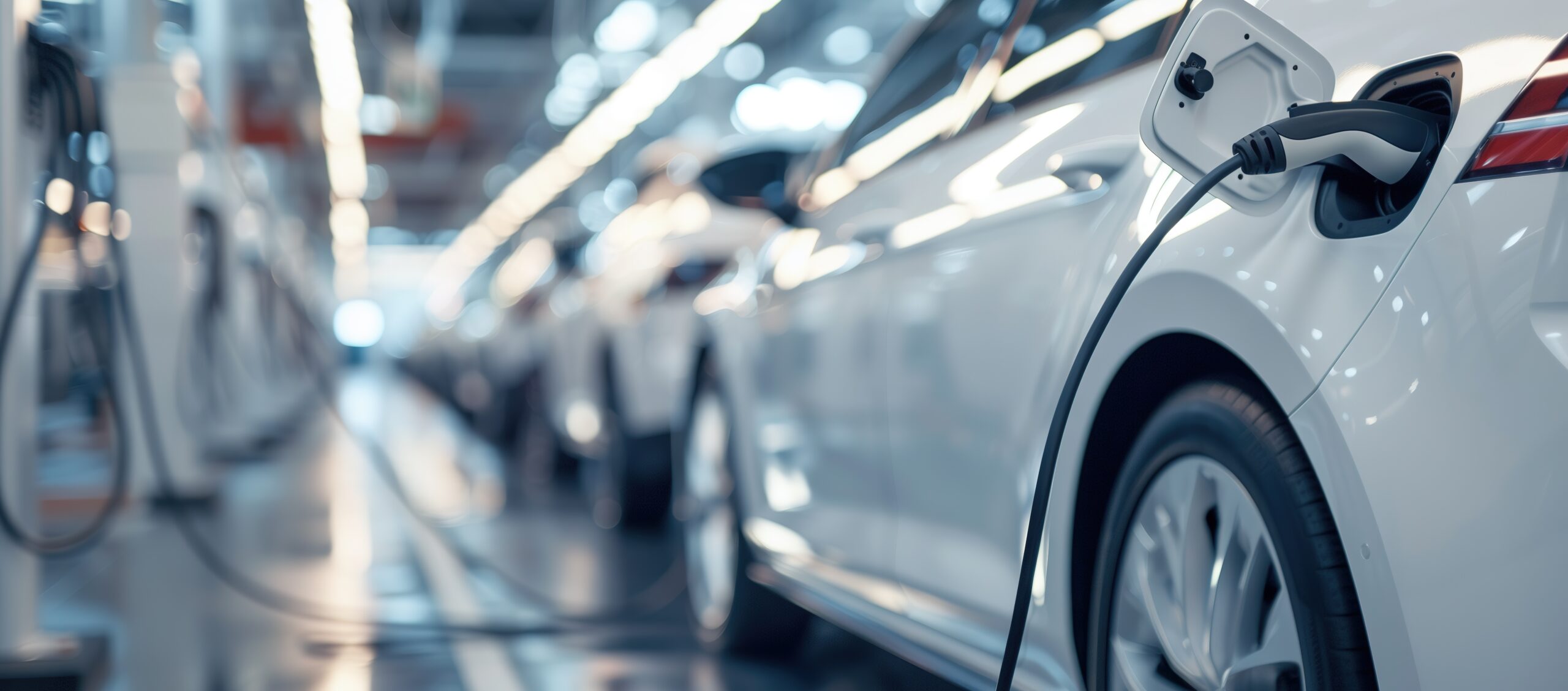China's EV OEMs - Spotlight BYD
Outranking VW, Mercedes-Benz, and BMW
At the beginning of April 2022, Elon Musk, founder of Tesla, became the richest man in the world with a net worth of USD 219 billion, signaling a new chapter in the New Energy Vehicle era. Valued at over USD 1 trillion, Tesla is the world’s leading automotive company, and many credited its success to Musk’s business foresight and the company’s technology. It has also been voiced that Tesla is becoming increasingly dependent on China, a massive eco-industrial hotbed providing Tesla’s much needed supply chain, manufacturing capability, and consumer market.
Trailing behind Tesla and Toyota, and outranking Volkswagen, Mercedes-Benz, and BMW, Chinese company BYD, valued at USD 102 billion, has become China’s NO. 1 and the world’s 3rd highest valued automotive company, according to “Hurun Report 2022”. Despite a significant NEV volume gap compared to Tesla who sold 936,000 units in 2021, BYD sold 593,000 units, accounting for 81% of its annual total. Data for 2022 shows BYD already sold 280,000 units to date, and Tesla maintains lead by a mere 30,000 units.

BYD’s NEV Success Factors
Much to everyone’s surprise, BYD announced on April 3rd, 2022, that the company has discontinued production of ICE vehicles as of last month, and its business focus is trained on manufacturing pure electric and plug-in hybrid vehicles in the future. Being the first automotive company in the world to act in response to the Sustainable Development Goals, BYD’s ambition is not without merits.
- Technology & Innovation – battery, the essential component to all NEVs, happens to be one of BYD’s most prominent strengths. The company had been maintaining autonomous R&D, design, and production capabilities since its foundation in 1995. Prior to becoming an automotive manufacturer in 2003, BYD was already a dominating player in the car battery sector, globally ranking 3rd in lithium battery and 1st in nickel-hydrogen battery.
- Preemptive Market Entry – GM unveiled the first electric concept car at the Los Angeles Auto Show in 1990, Ford, Toyota and Nissan soon followed suit. Toyota is the first to introduce PHEV to China in 2005 with its Prius line, China issued its first “New Energy Automobile Production Admittance Management Rule” in 2007, and BYD launched the first Made-in-China-for-China plug-in hybrid vehicle in 2008, well before any other major, domestic players did. Leading with a considerable head-start, BYD’s sales volume and market share of NEV continue to enjoy uncontended growth.
- Brand Perception Optimization – during its early years as an automotive company, BYD suffered reputational misfortune and its designs were perceived as “replicas” of other established, international counterparts, most distinctively its F3 series, or more commonly known as “Poor Man’s Corolla”. In 2016, BYD’s design team pivoted and relaunched its Dynasty series, instantly winning both market and consumer popularity with streamlined and futuristic designs. Capitalizing on this accolade, BYD took its logo for an overhaul in 2020, appealing to the younger, more esthetic-driven consumer base.
BYD’s success did not come overnight, it is a result of strategic planning and extensive preparation, built on years of research and innovation, powered by vast resources, and driven by dedicated professionals. With increasingly favorable market landscape for NEV globally, BYD and other automotive companies still have much to accomplish before realizing their full potential.
Chinese NEV Manufacturer’s Ambition
BYD announced in April that it has already discontinued production of ICE vehicles as of March 2022. While the company focuses its future business on manufacturing pure electric and plug-in hybrid vehicles, the car maker will retain the production and supply of fuel vehicle parts and components to provide existing ICE vehicle customers with ongoing service and after-sales guarantees. Despite joint commitments from major global auto makers to go “full electric”, most key players such as Mercedes-Benz, BWM and Audi set their target to start implementation at no earlier than 2025.
This announcement, progressive according to some and radical to others, raises great implications and greater concerns. Sales data for BYD Q1 2022 shows NEV dominance as much as 97.29%, fully supportive of the company’s resolve to abandon ICE vehicles. But being a pioneer is no assurance for success, and BYD’s decision to drastically advance its original plan by 18 years could seem questionably hasty.

Maintaining Business Momentum
Under the current business structure, BYD is expected to maintain existing revenue streams; but less optimism is voiced by industry experts in respect to the company’s efforts to increase its profit margin.
- BYD has been developing and perfecting its Blade Battery technology, adopting CTP design to improve internal space utilization of the mainstream ternary lithium battery pack. The speed of commercialization is one of the most critical factors in successfully competing with existing products and gaining market popularity.
- Having diversified business structures can be a complication just as an explication. BYD has the advantage of the ability to integrate its core businesses and operate more efficiently than its competitors. Speculations on the company’s future direction are equally divided – can BYD rise as China’s GE? Or will it continue to pivot business focus and become another Samsung?
- In its public statement, BYD indicated its commitment to technological innovations for future products in development. In addition to Denza, a premium brand co-ventured by BYD and Daimler, industry experts are anticipating more high-end cars launched under the BYD fleet.
Facing Challenges Ahead
China’s NEV market has been making exponential strides in recent years, tripling sales in 2021. Moving forward, automotive companies must restructure strategies to ensure continued development.
- In response to potential total market adoption, next-generation battery and power cells will be of paramount consideration to auto makers. Chinese NEV companies have already initiated the “shared-battery” concept to offset increasing supply chain costs.
- Much like any other product, when supply becomes overly abundant, profit streams start to dwindle. While long-term turnover still seems plausible, short- and mid-term revenue streams invariably become strenuous and the competition more ruthless.
- The government’s subsidies for NEV, to both manufacturers and consumers, is expected to shrink and soon come to a complete halt. Companies whose profit are largely indebted to such benefits will need to seek gains from other means incl. cost optimization and business diversification.
- Market analysts foresee more uncompromising and extensively regulated policies and laws on NEV manufacturing and transportation practices aiming to mitigate potential risks.
_______________
If you want to read more about the performance of Volkswagen in the Chinese EV market, click here.





